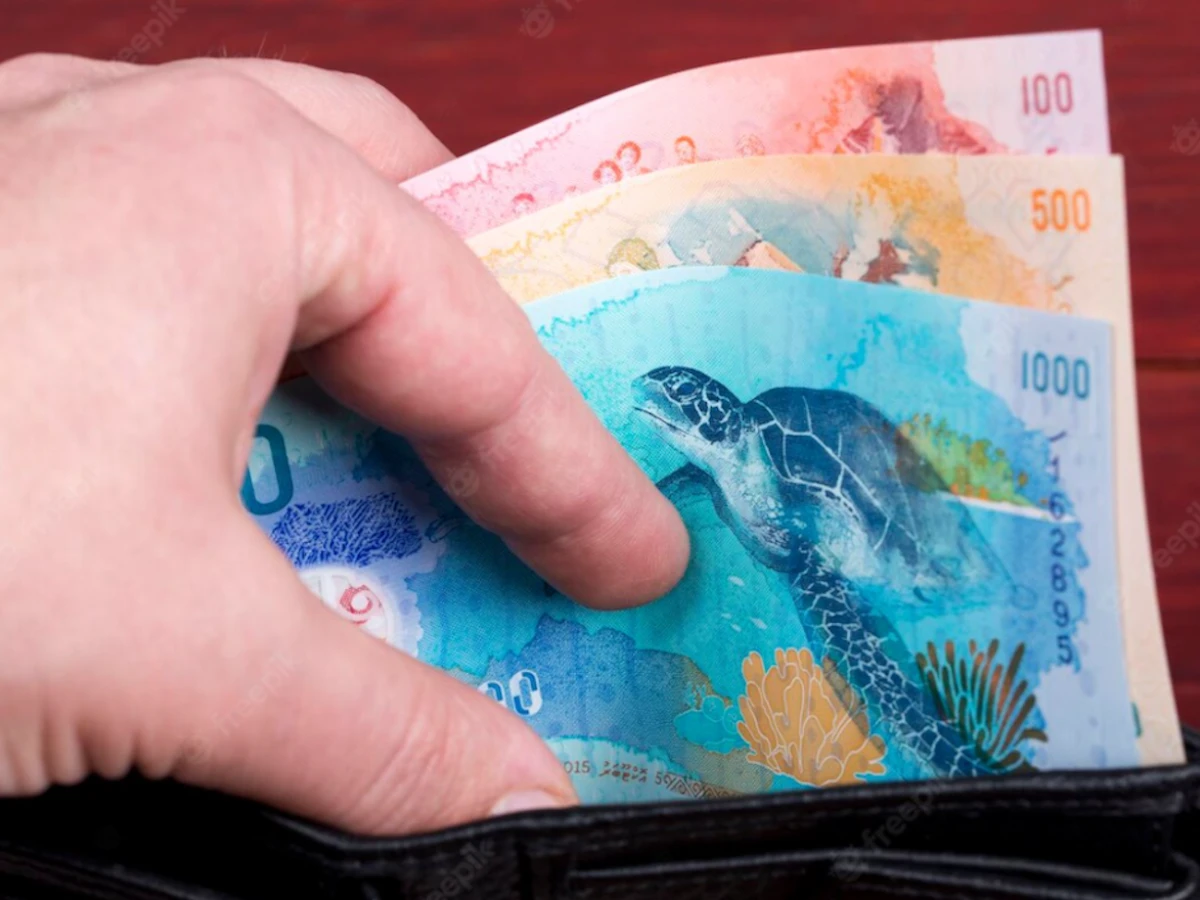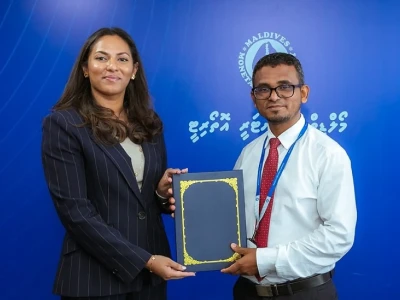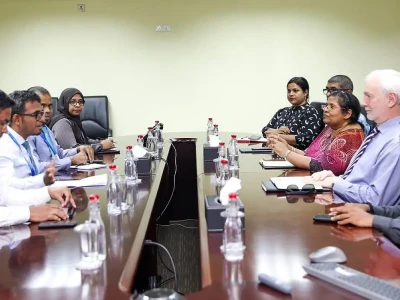
Maldives to introduce Rufiyaa's digital currency version
The name given to the digital currency issued by a country's central bank is Central Bank Digital Currency (CBDC).
Technology ministry on Monday revealed that it is working with the Maldives Monetary Authority (MMA) to develop financial technology (Fintech) in the Maldives including the introduction of a digital currency version of Maldivian Rufiyaa.
The ministry made the statement on Monday in a presentation to the parliament's National Development and Heritage Committee on its annual report for 2021. It, however, did not elaborate on the efforts being made to make the Rufiyaa a digital currency.
The ministry's presentation focused on what has been done in the past year and what is being done now.
Here are some of the work that has been done:
-
Provide 20 servers to host 12 applications made by 10 agencies; 248, which provides a total of 46 services from different agencies, are currently operating at the National Data Centre
-
By the end of 2021, 521 agencies and the data centre had been connected; data can be shared safely from one agency to another through the state's computer Viuga.
-
Provide connection relocation services to 20 agencies
-
Two copies of the act have been prepared and translated to create the National Centre for Information Technology (NCIT) as a separate service under the Digital Action Plan; amendments are underway with feedback from stakeholders.
-
To automate structured functions within the government, Microsoft 365 was introduced and all but 34 councils changed their functions to the cloud
-
Introduction of electronic transaction law
-
Instead of submitting letters on paper, use gov.mv message service to make it easier for the government to file complaints and letters officially
-
34 more staff to set up a project management unit at NCIT
Some of the work being done is as follows:
-
Enact a National Cyber Security Act, set up a National Cyber Security Agency to recruit people for the job
-
Introduction of a new version of 'GEMS' to improve internal governance of the government; the introduction of the system does not require any use of paper in transactions
-
In order to automate structured work within the government, Microsoft 365 was introduced and the functions of all but 34 councils were transferred to the cloud
-
To set up a higher education network, two national universities have been linked and they have been linked to the Education Network of India; this network is planned to be integrated with other higher education institutes
-
Making regulations under the Electronic Transactions Act; these regulations are yet to be framed, but the law can be implemented
-
Setting up a regulatory sandbox for Fintech at a national level; this will bring in some new technology that is not covered by regulations and test it under the supervision of MMA
-
In the first six months of 2023, thousands of government agencies, including schools, health centres and councils, will be connected through an online mode of work
-
Enacting a law in the name of Government Digital Services
-
Training programmes aimed at local bodies
-
Implementing the administrative framework required for the protection of digital development
The name given to the digital currency issued by a country's central bank is Central Bank Digital Currency (CBDC). If Rufiyaa is converted into a digital currency, it will facilitate financial inclusion and make it easier to implement fiscal policies. The benefits of introducing CBDC include:
-
Ensuring ease and safety for businesses and customers
-
Reducing the costs required to run a large financial system
-
Reducing the cost involved in transferring money to another type of currency




